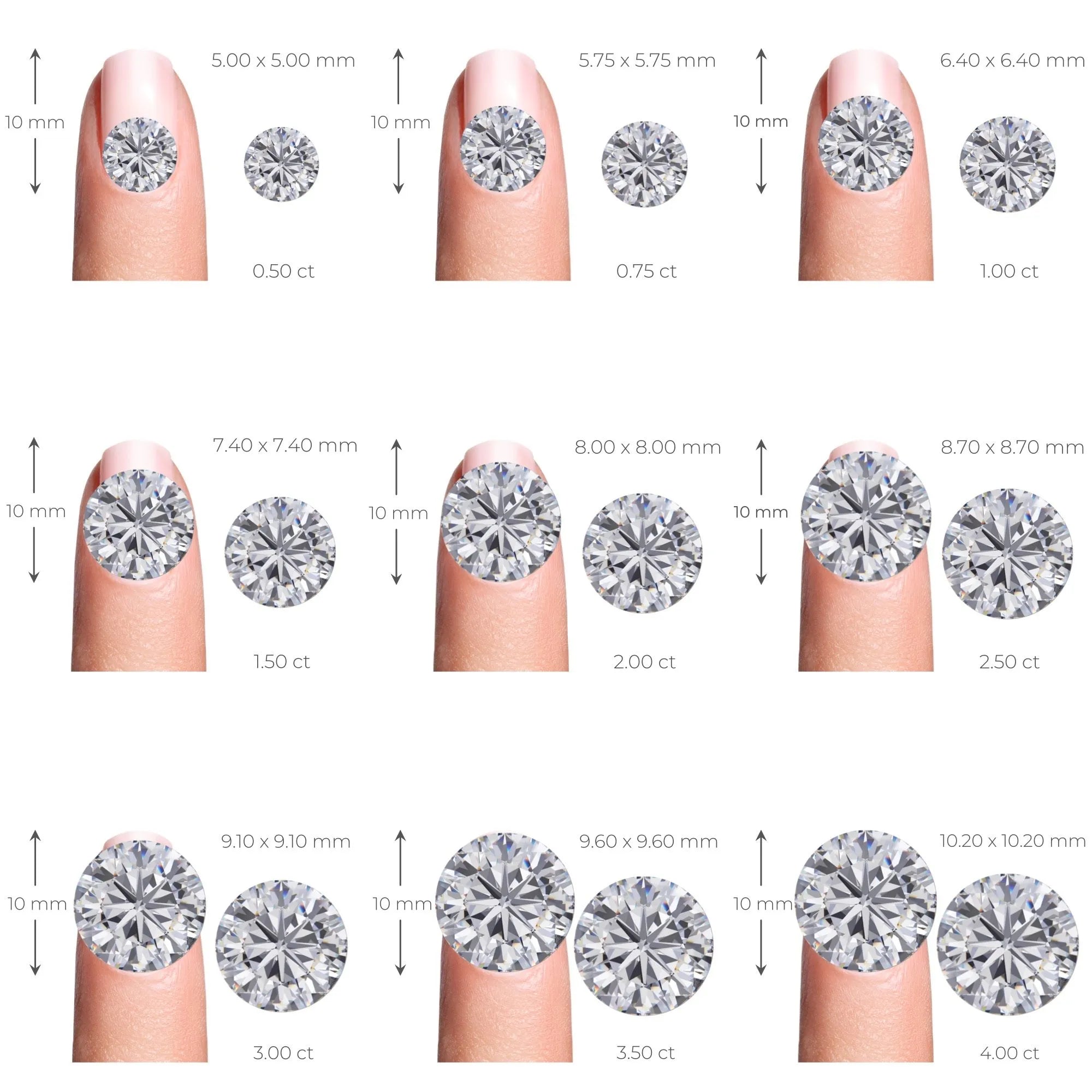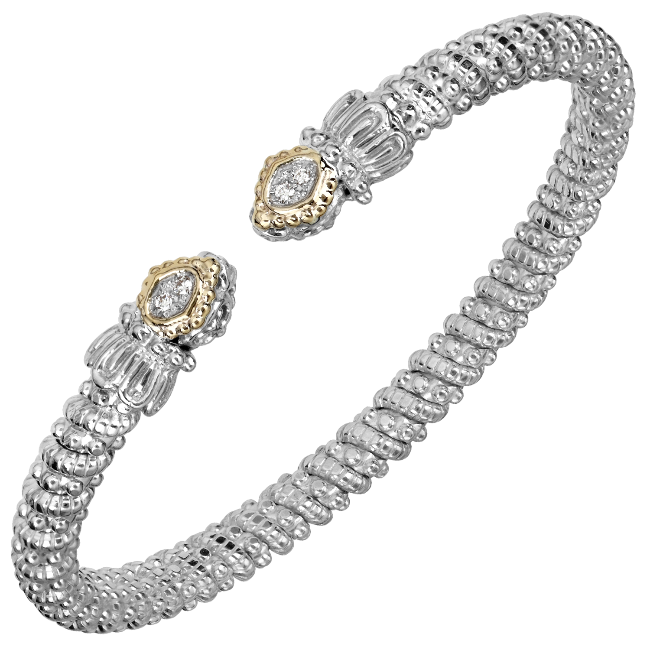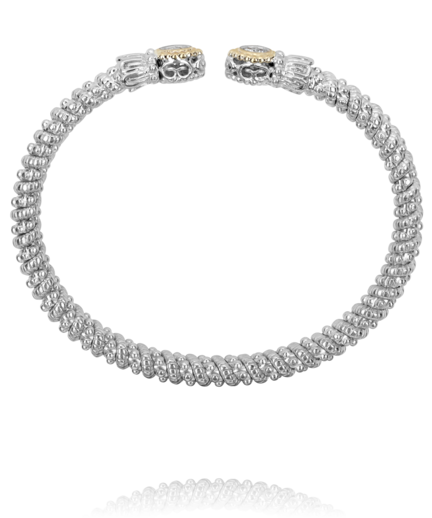When it comes to diamonds, size matters. Carat weight is a key factor that influences a diamond's visual impact and overall value. But it's not just about size; understanding how carat interacts with other diamond characteristics, such as cut, color, and clarity, is essential for choosing the perfect stone for your ring.
What is Diamond Carat Weight?

Carat is the unit of measurement for a diamond's weight. One carat is equal to 200 milligrams (0.2 grams). Diamonds are often weighed to the hundredth of a carat, and these hundredths are referred to as "points." For example, a diamond weighing 0.75 carats can be described as a "seventy-five pointer" or a "three-quarter carat" diamond.
It's important to distinguish carat from millimeter (mm), which measures a diamond's physical dimensions. While carat weight and size are related, two diamonds with the same carat weight can have different millimeter measurements depending on their cut and proportions.
How Carat Affects a Diamond's Appearance
Carat weight significantly influences a diamond's face-up size, which is the visible surface area of the stone when viewed from above. Larger carat diamonds generally appear bigger and more prominent on the finger.
However, the relationship between carat weight and visual size is not linear. A 2-carat diamond, for instance, will not appear twice as large as a 1-carat diamond. This is because the diamond's depth and proportions also affect its face-up size.
Carat Weight and Diamond Pricing
Carat weight is a major factor in determining a diamond's price. Larger diamonds are rarer and more desirable, commanding higher prices per carat. The price of a diamond typically increases exponentially with carat weight. For example, a 2-carat diamond will generally cost significantly more than twice the price of a 1-carat diamond of comparable quality.
It's important to remember that carat weight is just one of the Four Cs (carat, cut, color, and clarity) that influence a diamond's value. A well-cut, colorless, and flawless diamond will command a premium price, even if it has a lower carat weight.
Choosing the Right Carat Weight
Selecting the ideal carat weight for your ring is a personal decision that involves balancing your desires with your budget and other diamond preferences. Here are some factors to consider:
- Personal Preference: Some individuals prefer larger, more prominent diamonds, while others prioritize other characteristics, such as cut or color.
- Setting Style: The setting style can affect how large the diamond appears. Halo settings, for instance, can make the center stone appear larger.
- Finger Size and Shape: Larger carat diamonds may be more proportionate on larger fingers. Consider your finger size and shape when choosing a carat weight.
- Budget: Set a realistic budget and explore the carat options available within your price range. Remember that the price of a diamond increases exponentially with carat weight.
- Balance with Other Cs: Consider the interplay between carat weight and the other Cs. A smaller diamond with excellent cut, color, and clarity can be more beautiful and valuable than a larger diamond with lower quality characteristics.
Tips for Maximizing Carat Appearance
If you're looking to maximize the visual impact of your diamond without breaking the bank, consider these tips:
- Prioritize Cut: A well-cut diamond will reflect light more effectively, making it appear larger and more brilliant.
- Choose a Halo Setting: Halo settings surround the center diamond with smaller stones, creating the illusion of a larger center stone.
- Consider Elongated Shapes: Diamond shapes like oval, pear, and marquise can appear larger than round diamonds of the same carat weight due to their elongated shape.
- Opt for a Slightly Lower Carat: Consider choosing a diamond slightly below a whole carat weight (e.g., 0.90 carats instead of 1 carat). This can offer significant cost savings without a noticeable difference in size.
Conclusion
Diamond carat weight is a significant factor that influences a diamond's size, appearance, and value. By understanding the relationship between carat and other diamond characteristics, you can make an informed decision and choose a stone that balances your desires with your budget. Whether you're captivated by the brilliance of a smaller, perfectly cut diamond or the grandeur of a larger stone, your ring will be a cherished symbol of your discerning taste and enduring love.
For more on keeping your jewelry sparkling, read our guide here.














